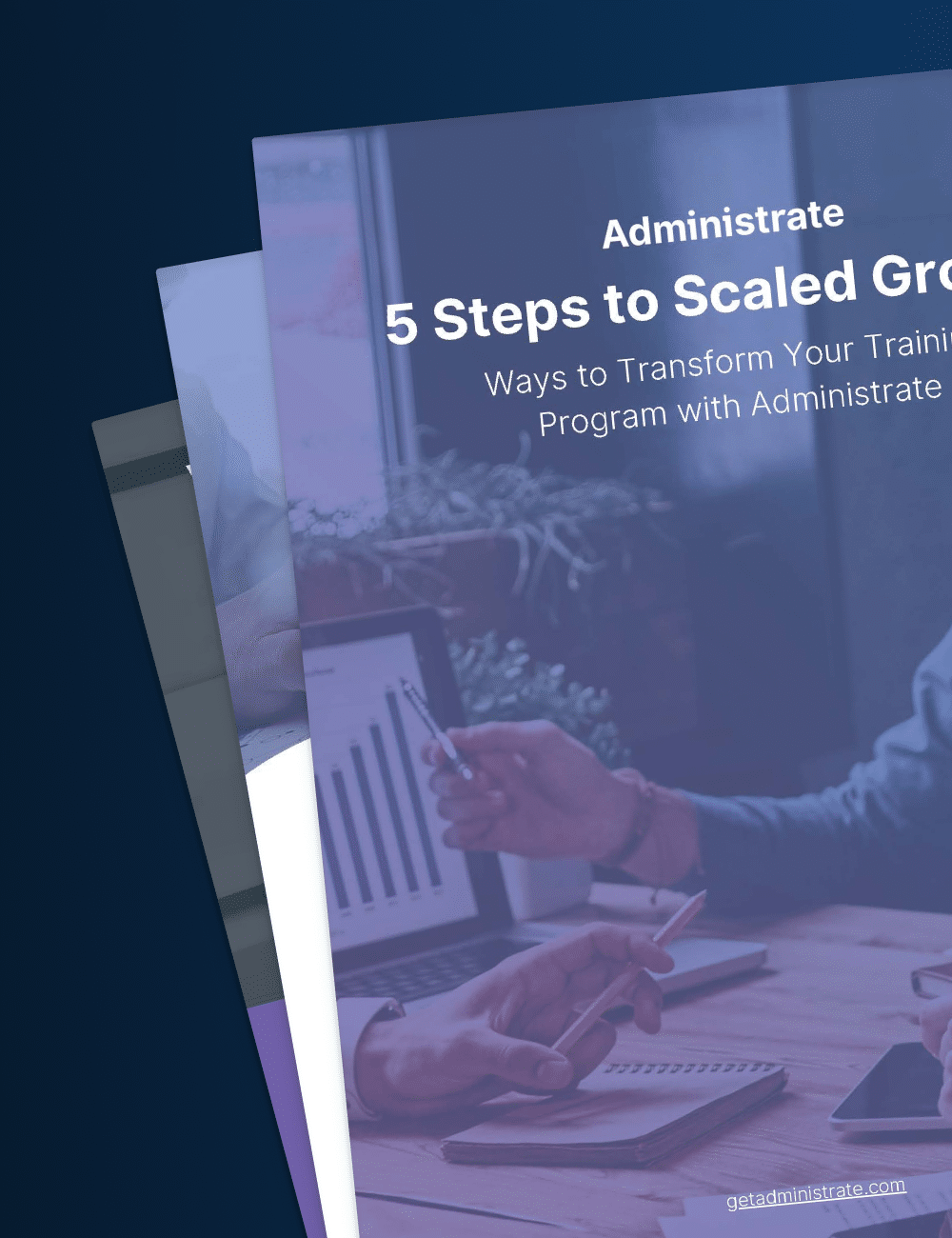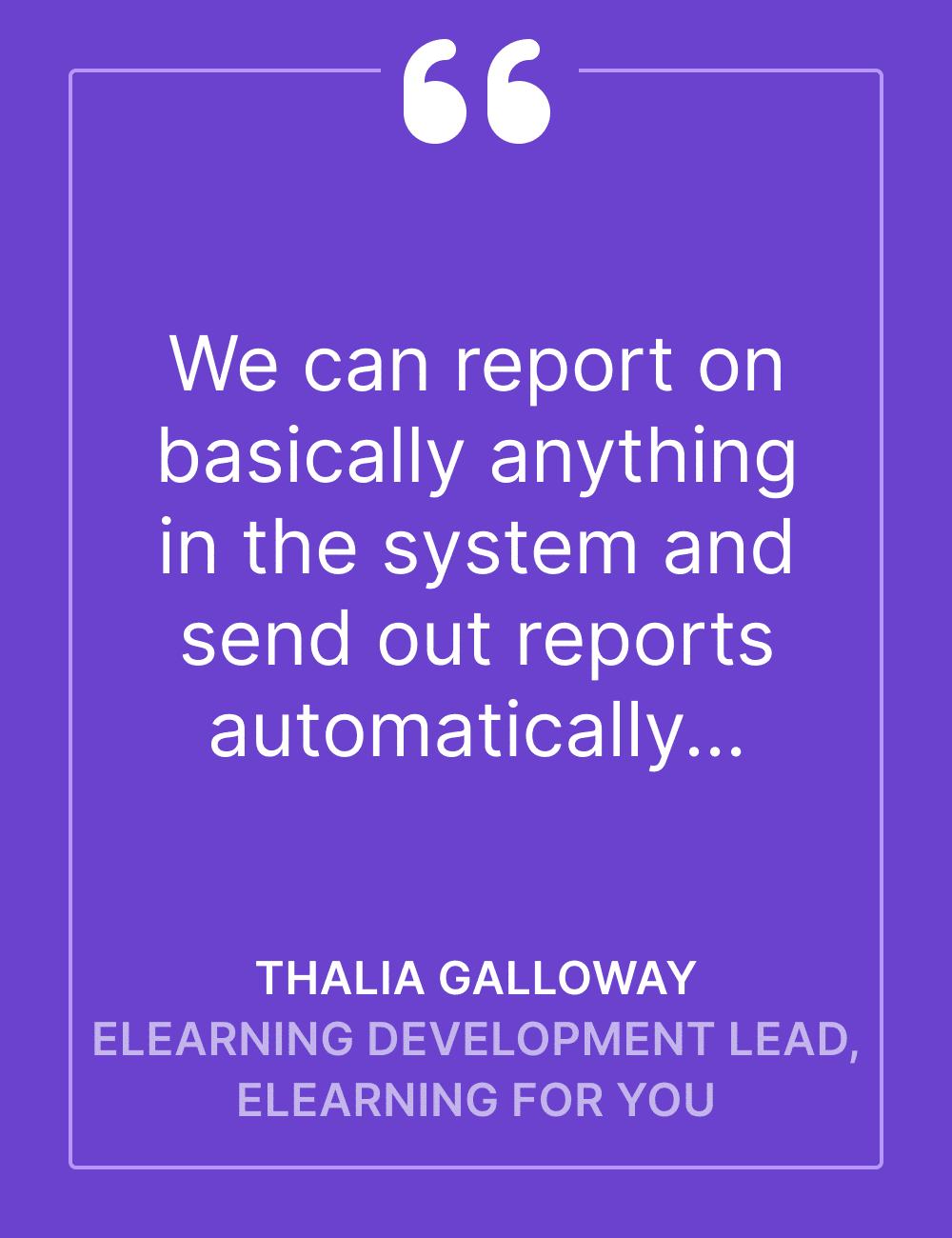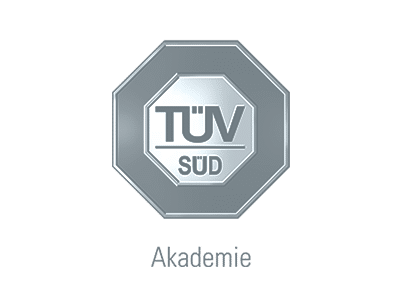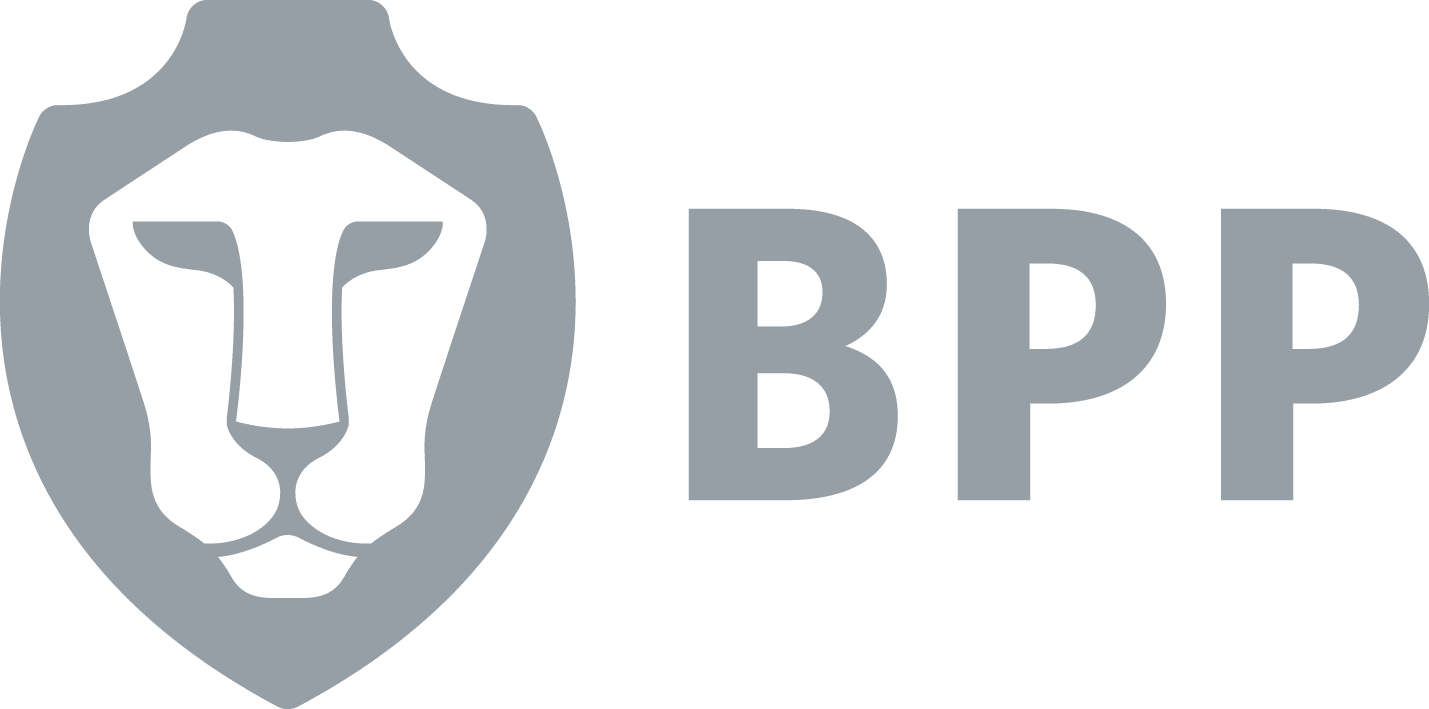Is Your LMS Ready to Scale?
The complexity of enterprise training requires more than an LMS. Here’s why.
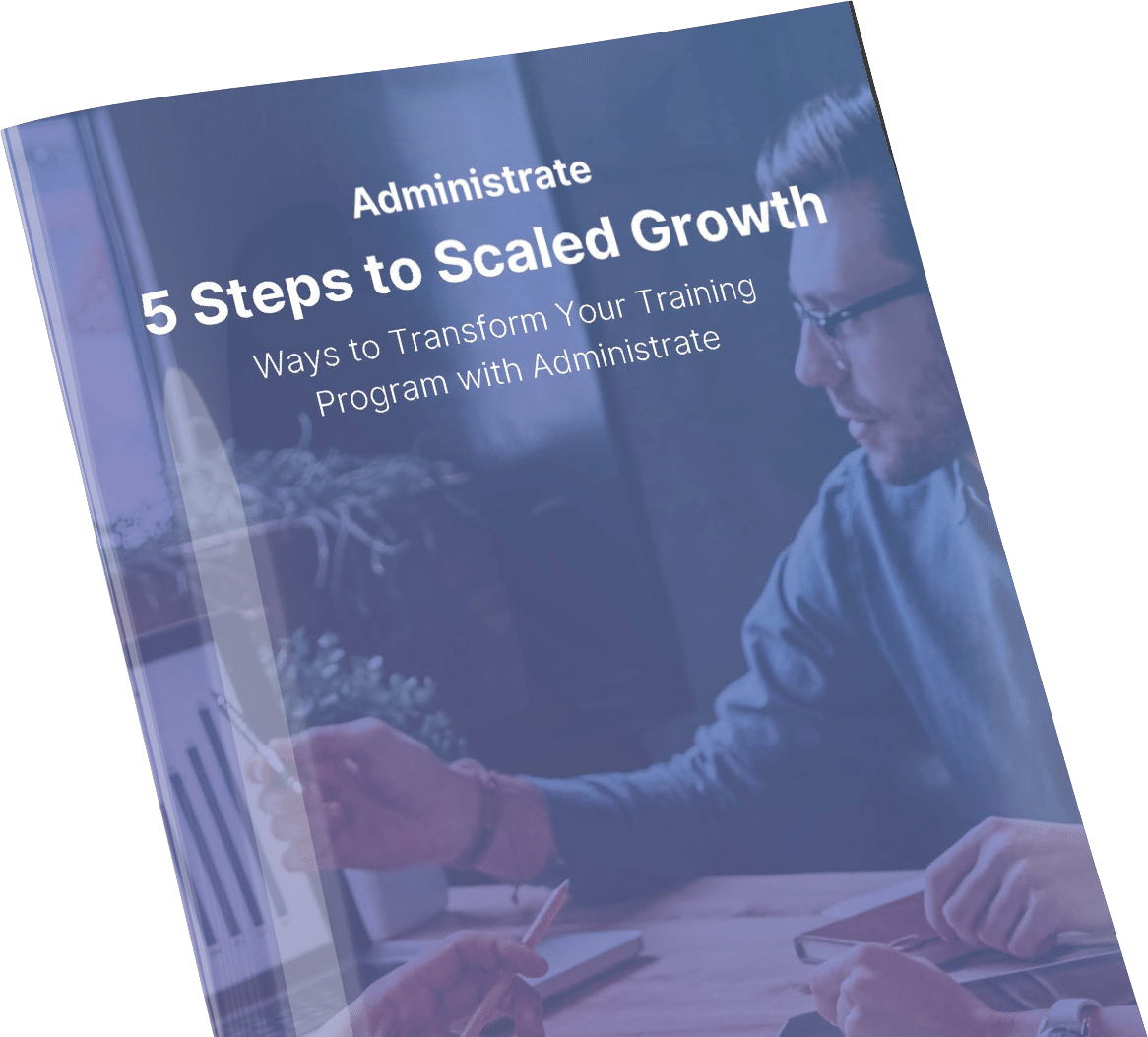
5 Questions to Evaluate Your LMS for Success
Leading training teams are leaning into a training operations platform. Here’s why.
Most teams use multiple systems to tackle vILT, ILT, blended learning, and eLearning. That means spending a lot of precious time managing disconnected solutions, organizing an ever-growing course catalog, and trying to translate data from all those sources to demonstrate how training is impacting organizational KPIs.
Can your LMS scale with your training operations as L&D requirements change, and the stakes get higher within your organization? Can it deliver every modality you need, or are you operating multiple systems to deliver courses in different training formats? Does it integrate deeply with other learning and business systems to drive business results?
Evaluate your LMS with this one-pager, and explore:
- Why automation and seamless integrations are critical to training operations.
- The importance of change-ready learning tech for enterprise training.
- What limits an LMS, and how you can identify those limitations.
>LMS Solutions Lack Configurability
-
Is Multimodal Training Possible?
LMS solutions were designed to deliver online learning. How quickly can your team adapt when you need to deliver training in a different format?
-
Deep Integrations with Key Systems?
Is your LMS deeply integrated with the rest of your learning tech stack? What about critical business systems? Can you push and pull data between systems?
-
Training Management Functionality?
Does your training operations rely on various resources, distributed vendors and instructors, and complex schedules? Does your LMS deliver efficiency?





